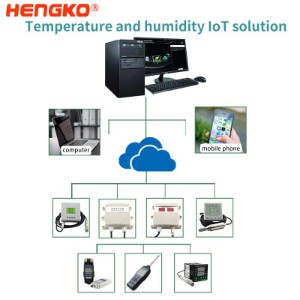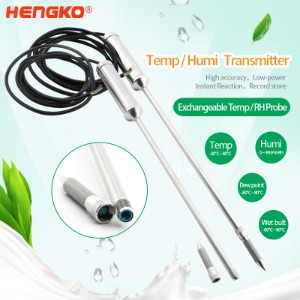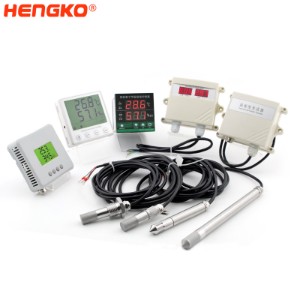Introduction: With the development of grain storage technology and intelligent grain warehouse construction, modern grain silos have entered the era of mechanization, technology, and intelligence. In recent years, grain storage silos across the country have begun to implement intelligent grain storage construction, using high-precision sensors, high-definition video monitoring, the Internet of Things, big data analysis, and other technologies to achieve an intelligent management system that integrates remote monitoring, inventory data monitoring, and other multi-functional functions.
If you want to know the grain storage situation of any grain warehouse in the province, just open the intelligent management system and you can monitor remotely in real-time and master the actual situation inside and outside each grain warehouse. At present, the headquarters of the grain storage group and branch (subsidiary) companies, directly under the three levels of the warehouse have achieved online 24-hour real-time monitoring.
Intelligent storage is through the Internet of things technology, automatic control technology, multimedia, decision support and other technical means, the grain temperature, gas concentration, pest conditions, and other automatic detection, based on the results of grain detection and combined with meteorological analysis, ventilation, air conditioning, drying and other equipment intelligent control, to achieve the goal of intelligent grain storage.
The most critical problem of grain storage is temperature, as the saying goes, the key is temperature control, and the difficulty is also temperature control. To solve the problem of temperature control, CFS has independently developed nitrogen gas conditioning technology and internal circulation temperature control grain storage technology, and taken the lead in the industry to promote its use.
For example, the high concentration of nitrogen gas can kill the pests in the grain without any toxic effect on the grain. In a plant next to the grain silo, a set of nitrogen production equipment is working. It separates oxygen, leaving nitrogen with a concentration of 98% or more, and then transports the nitrogen under pressure through a pipe to the grain silo.
Another example is the appropriate temperature and humidity, which are key elements to keeping the grain fresh. In the grain silo of the CFS Jiangxi subsidiary, the 7-meter-thick grain silo below the HD camera hides more than 400 temperature and humidity sensors, which are divided into five layers and can detect the temperature and humidity data of the grain in real-time, and warn of abnormalities once they occur.
At present, in the grain storage silo, through the adoption of air conditioning temperature control and rice husk pressure cover insulation storage technology, the temperature of grain in the warehouse maintains a stable state, an average of 10 degrees Celsius in winter, summer does not exceed 25 degrees Celsius. With the help of the grain monitoring system, digital temperature measurement cables and digital temperature and humidity sensors are deployed in the silo to achieve real-time monitoring and real-time warning of grain conditions.
Specifically, when the humidity is too high, the grain is not only prone to spoilage due to the rapid multiplication of microorganisms, but also may causing the temperature to rise in some areas due to mold, making the grain germinate and cause further losses. When the humidity is too low, the grain will be dehydrated seriously and affect the edible effect, for the grain used as seeds, will directly cause unusable, so it is necessary to dehumidify and heat. But the problem is, in the process of dehumidification and heating, if the temperature is too high, the internal of the grain will be damaged; if the temperature is too low, the effect of dehumidification is not guaranteed.
Therefore, the use of digital temperature and humidity meter to measure the humidity of the environment and control the humidity within a reasonable range can not only stop the erosion of microorganisms and prevent decay but also allow the grain to maintain a reasonable moisture content inside.
The storage of food is an important matter for the livelihood of the nation, and temperature and humidity sensors play a vital role in the storage of food. Temperature and humidity sensors measure and control the humidity and temperature of the surrounding environment to reduce the impact of bacterial and microbial growth on the grain and to ensure the quality of stored grain.
Post time: Sep-13-2022








